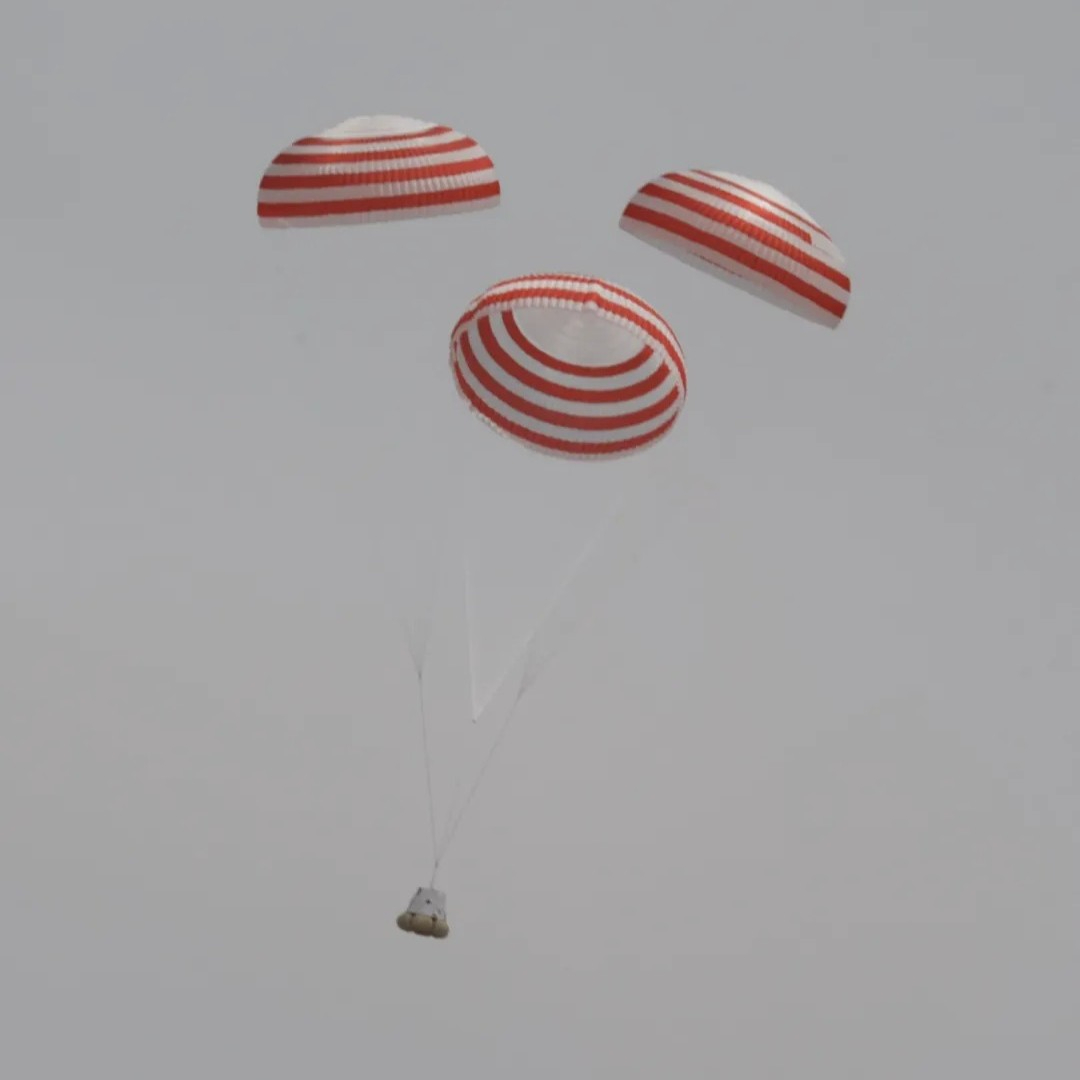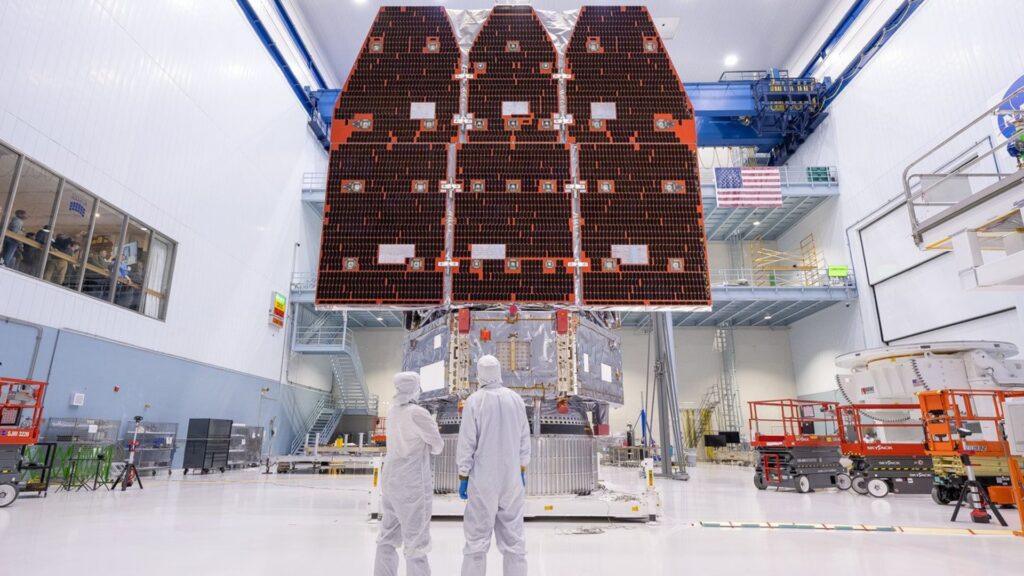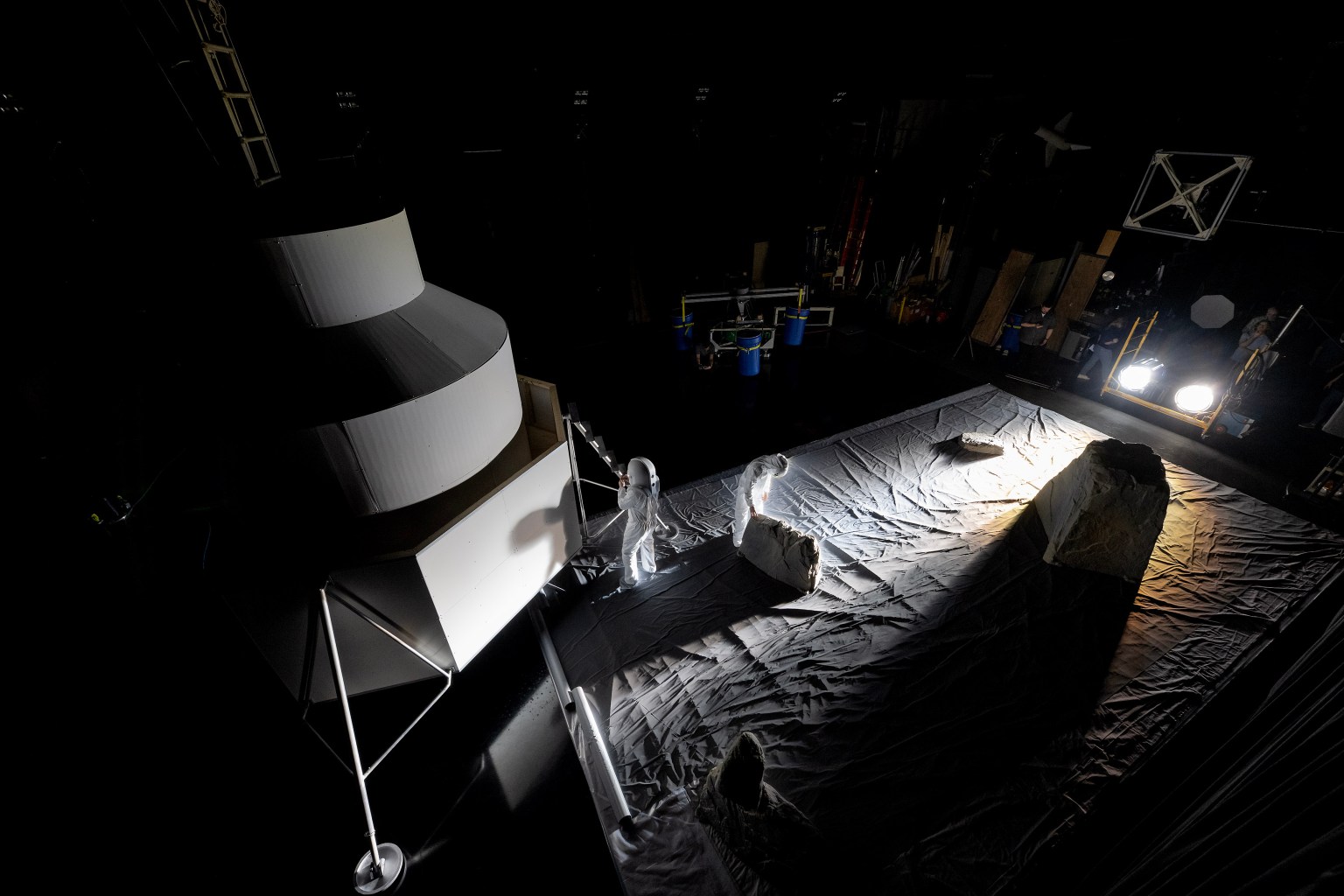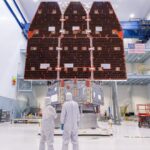Now Reading: China’s next-gen astronaut capsule for moon missions aces crucial pad-abort test (video)
-
01
China’s next-gen astronaut capsule for moon missions aces crucial pad-abort test (video)
China’s next-gen astronaut capsule for moon missions aces crucial pad-abort test (video)

China is advancing the development of the technology it needs to try to beat NASA back to the moon.
The China Manned Space Engineering Office (CMSEO) completed a pad abort test of its Mengzhou spacecraft today (June 17), marking another step forward in its efforts to send Chinese astronauts, or taikonauts, to the lunar surface for the first time. The zero-altitude escape sequence was initiated at 12:30 p.m. Beijing time (12:30 a.m. EDT; 0430 GMT), from the Jiuquan Satellite Launch Center in northwest China.
With just the Mengzhou spacecraft on the pad (no rocket), the solid rocket escape engines on the capsule’s abort tower fired for approximately 20 seconds, according to CMSEO. At altitude, Mengzhou’s escape tower was jettisoned, and a trio of parachutes guided the spacecraft safely back to the desert surface, touching down with an airbag cushion at 12:32 p.m. BJT (12:32 a.m. EDT; 0432 GMT). CMSEO called the test “a complete success.”

Tests like this allow spacecraft engineers to verify safety systems of new spacecraft without putting crews’ lives on the line. In the event of an in-flight emergency during an actual launch, Mengzhou’s capsule escape tower is designed to propel the spacecraft away from the rocket in order to put a safe distance between the crew and potential disaster.
The capability has been built into nearly every spacecraft designed to transport crews since the beginning of spaceflight. NASA’s Orion spacecraft, responsible for ferrying astronauts to the moon as a part of the U.S. space agency’s Artemis program, underwent a similar test in 2019.

While China is slightly behind in its progress, the nation’s efforts to beat the U.S. back to the moon may be gaining momentum just as NASA’s own plans for a lunar return run into a speed bump.
The White House’s proposed 2026 NASA budget leaves much of the Artemis program’s future in question. For example, it calls for the cancellation of Orion and the Space Launch System (SLS) rocket responsible for launching the spacecraft after the Artemis 3 moon-landing mission, which is currently targeted for 2027.
Related Stories:
The likely next step for Mengzhou will be an in-flight abort test, carried higher in altitude by one of China’s Long March rockets. The country is developing the Long March 10 for Mengzhou’s operational missions, which will be capable of flying crews to low Earth orbit and orbit around the moon in conjunction with its Lanyue lunar lander, which is also under development.
Stay Informed With the Latest & Most Important News
Previous Post
Next Post
-
 012024 in Review: Highlights from NASA in Silicon Valley
012024 in Review: Highlights from NASA in Silicon Valley -
 02Panasonic Leica Summilux DG 15mm f/1.7 ASPH review
02Panasonic Leica Summilux DG 15mm f/1.7 ASPH review -
 03How New NASA, India Earth Satellite NISAR Will See Earth
03How New NASA, India Earth Satellite NISAR Will See Earth -
 04And Thus Begins A New Year For Life On Earth
04And Thus Begins A New Year For Life On Earth -
 05Astronomy Activation Ambassadors: A New Era
05Astronomy Activation Ambassadors: A New Era -
06SpaceX launch surge helps set new global launch record in 2024
-
 07From Polymerization-Enabled Folding and Assembly to Chemical Evolution: Key Processes for Emergence of Functional Polymers in the Origin of Life
07From Polymerization-Enabled Folding and Assembly to Chemical Evolution: Key Processes for Emergence of Functional Polymers in the Origin of Life




















